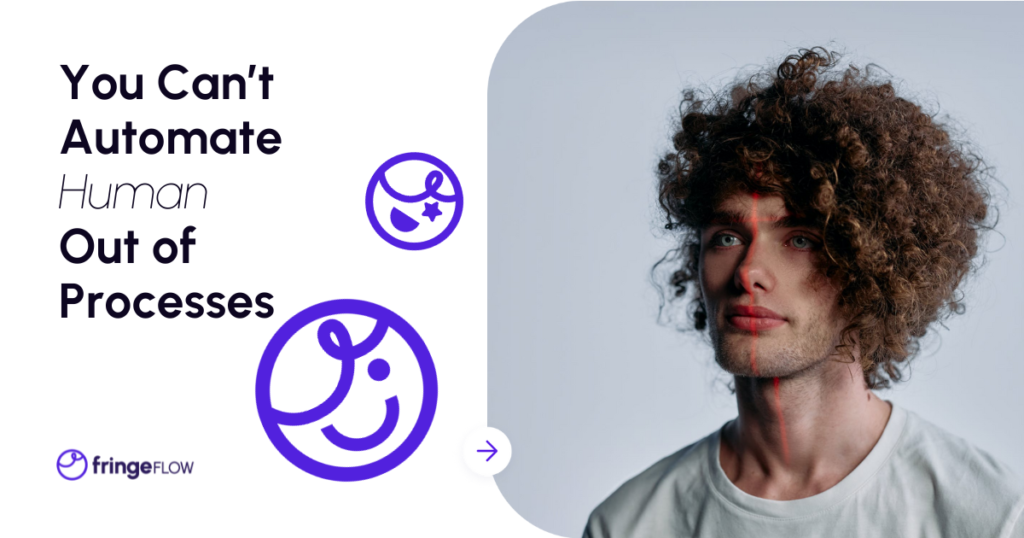And why automation can be a 5 second job if done correctly
Automate, automate, automate. That’s our go-to solution to many problems to give us, the team, the time to come up with something bigger. To create new approaches and strategies. To change the world. When we automate, we create opportunities for people to save time and effort and dedicate it somewhere needed. However, we are well aware that automation is not a magic wand. It can help with only so much and it can never, NEVER, replace a human. Because, you see, one of the problems of automation is the reliability and security of the technology. Automation can fail or malfunction due to errors, bugs, or attacks. This can cause serious consequences for human safety and well-being. ….
Another pitfall of automation is to assume that it can completely eliminate human errors and biases. If the automation is based on flawed data or algorithms, it can generate inaccurate or unfair results. Moreover, automation can reduce human awareness and involvement in the process, leading to complacency, overconfidence, or loss of skills. These factors can impair human performance and judgement when they need to intervene or override the automation.
Therefore, it is essential to design processes that consider the human factors and the context of automation. This means that automation should not be seen as a substitute for human intelligence, creativity, or ethics, but as a complement that can augment and support human capabilities. It also means that humans should not be passive recipients or observers of automation, but active participants or supervisors who can monitor, evaluate, and control the automation. By doing so, humans can leverage the benefits of automation, for example with a shared task list app, while mitigating the potential drawbacks.
The key to achieving this balance is to involve humans in the design and implementation of automation from the start. This can help to ensure that automation is aligned with the goals, needs, and preferences of the users and stakeholders. It can also help to identify the optimal level and type of automation for each task and situation. For example, some tasks may require full automation, while others may benefit from partial or adaptive automation that allows for human input or feedback.
In conclusion, automation is a valuable tool that can improve various aspects of work and life. However, automation is not a panacea that can replace human involvement and responsibility. Rather, automation should be designed and used in a way that respects and enhances human dignity, autonomy, and competence. By doing so, we can create processes that are not only automated but also humanized. And this can be done in as little as 5 seconds if we use the right tools and methods.
